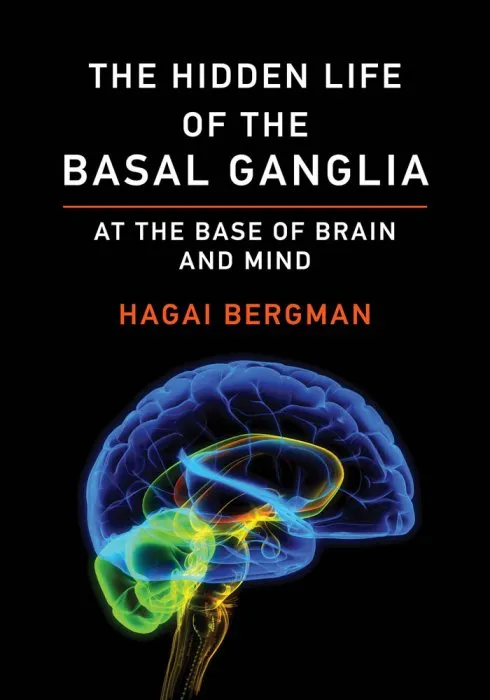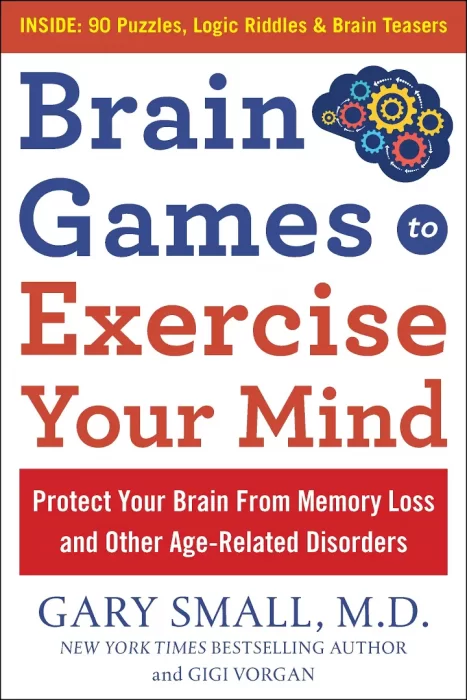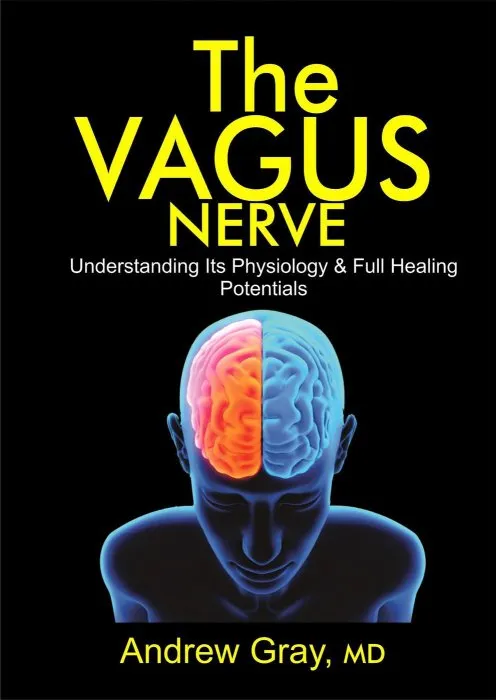The Hidden Life of the Basal Ganglia: At the Base of Brain and Mind (The MIT Press)

Date: October 12th, 2021
ISBN: 0262543117
Language: English
Number of pages: 332 pages
Format: EPUB
Add favorites
The anatomy and physiology of the basal ganglia and their relation to brain and behavior, disorders and therapies, and philosophy of mind and moral values.
The main task of the basal ganglia—a group of subcortical nuclei, located at the base of the brain—is to optimize and execute our automatic behavior. In this book, Hagai Bergman analyzes the anatomy and physiology of the basal ganglia, discussing their relation to brain and behavior, to disorders and therapies, and even to moral values. Drawing on his forty years of studying the basal ganglia, Bergman presents new information on physiology and computational models, Parkinson’s disease and other ganglia-related disorders, and such therapies as deep brain stimulation.
Focusing on studies of nonhuman primates and human basal ganglia and relying on system physiology and in vivo extra-cellular recording techniques, Bergman first describes the major brain structures that constitute the basal ganglia, the morphology of their cellular elements, their synaptic connectivity and their physiological function in health and disease. He discusses the computational physiology of the healthy basal ganglia, describing four generations of computational models, and then traces the computational physiology of basal ganglia–related disorders and their treatments, including Parkinson’s disease and its pharmacological and surgical therapies. Finally, Bergman considers the implications of these findings for such moral concerns as free will. Explaining this leap into domains rarely explored in neuroscientific accounts, Bergman writes that the longer he studies the basal ganglia, the more he is convinced that they are truly the base of both brain and mind.
The main task of the basal ganglia—a group of subcortical nuclei, located at the base of the brain—is to optimize and execute our automatic behavior. In this book, Hagai Bergman analyzes the anatomy and physiology of the basal ganglia, discussing their relation to brain and behavior, to disorders and therapies, and even to moral values. Drawing on his forty years of studying the basal ganglia, Bergman presents new information on physiology and computational models, Parkinson’s disease and other ganglia-related disorders, and such therapies as deep brain stimulation.
Focusing on studies of nonhuman primates and human basal ganglia and relying on system physiology and in vivo extra-cellular recording techniques, Bergman first describes the major brain structures that constitute the basal ganglia, the morphology of their cellular elements, their synaptic connectivity and their physiological function in health and disease. He discusses the computational physiology of the healthy basal ganglia, describing four generations of computational models, and then traces the computational physiology of basal ganglia–related disorders and their treatments, including Parkinson’s disease and its pharmacological and surgical therapies. Finally, Bergman considers the implications of these findings for such moral concerns as free will. Explaining this leap into domains rarely explored in neuroscientific accounts, Bergman writes that the longer he studies the basal ganglia, the more he is convinced that they are truly the base of both brain and mind.
Download The Hidden Life of the Basal Ganglia: At the Base of Brain and Mind (The MIT Press)
Similar books
Information
Users of Guests are not allowed to comment this publication.
Users of Guests are not allowed to comment this publication.




